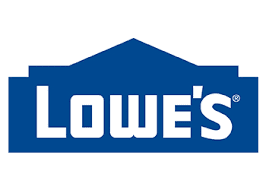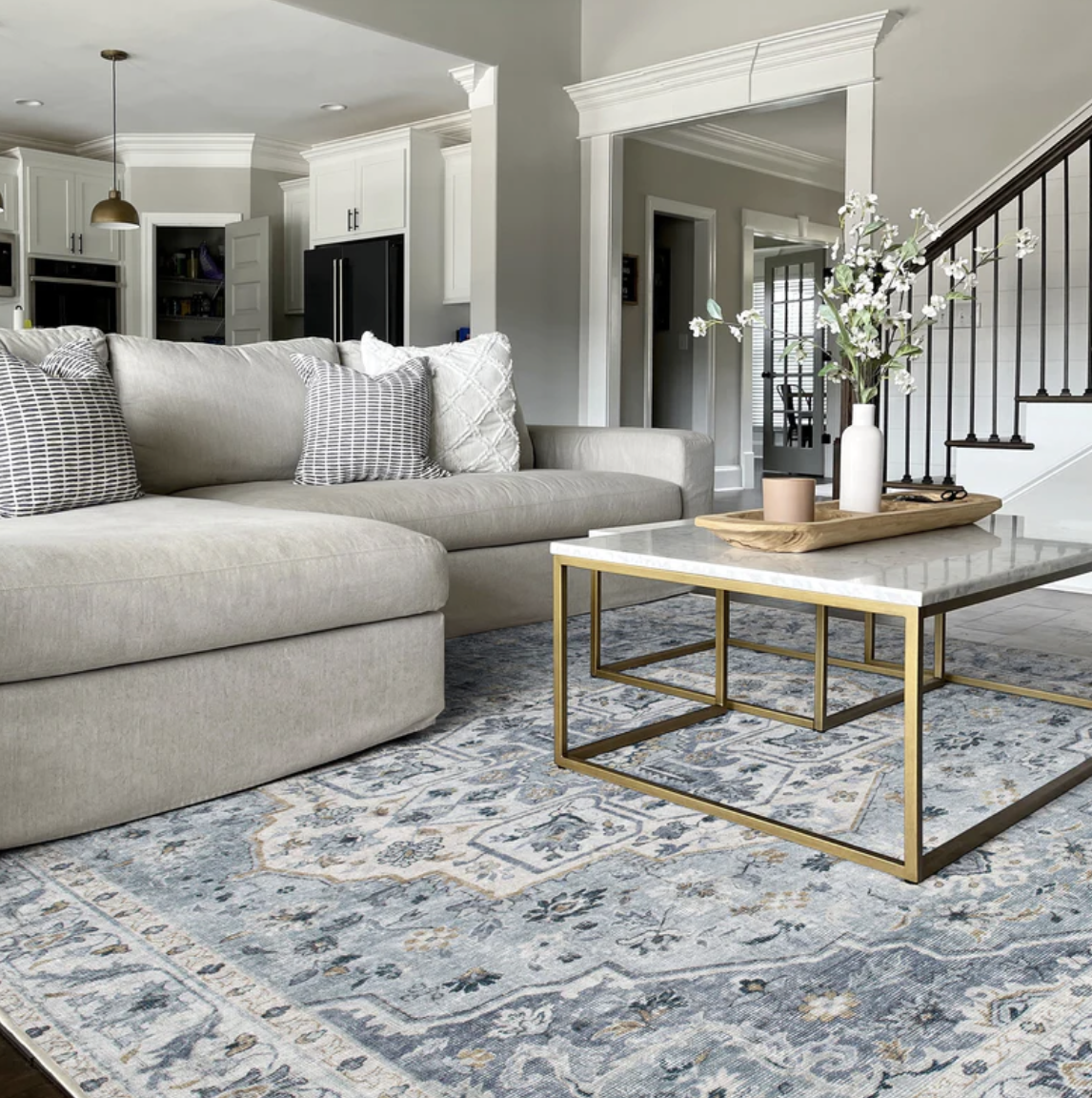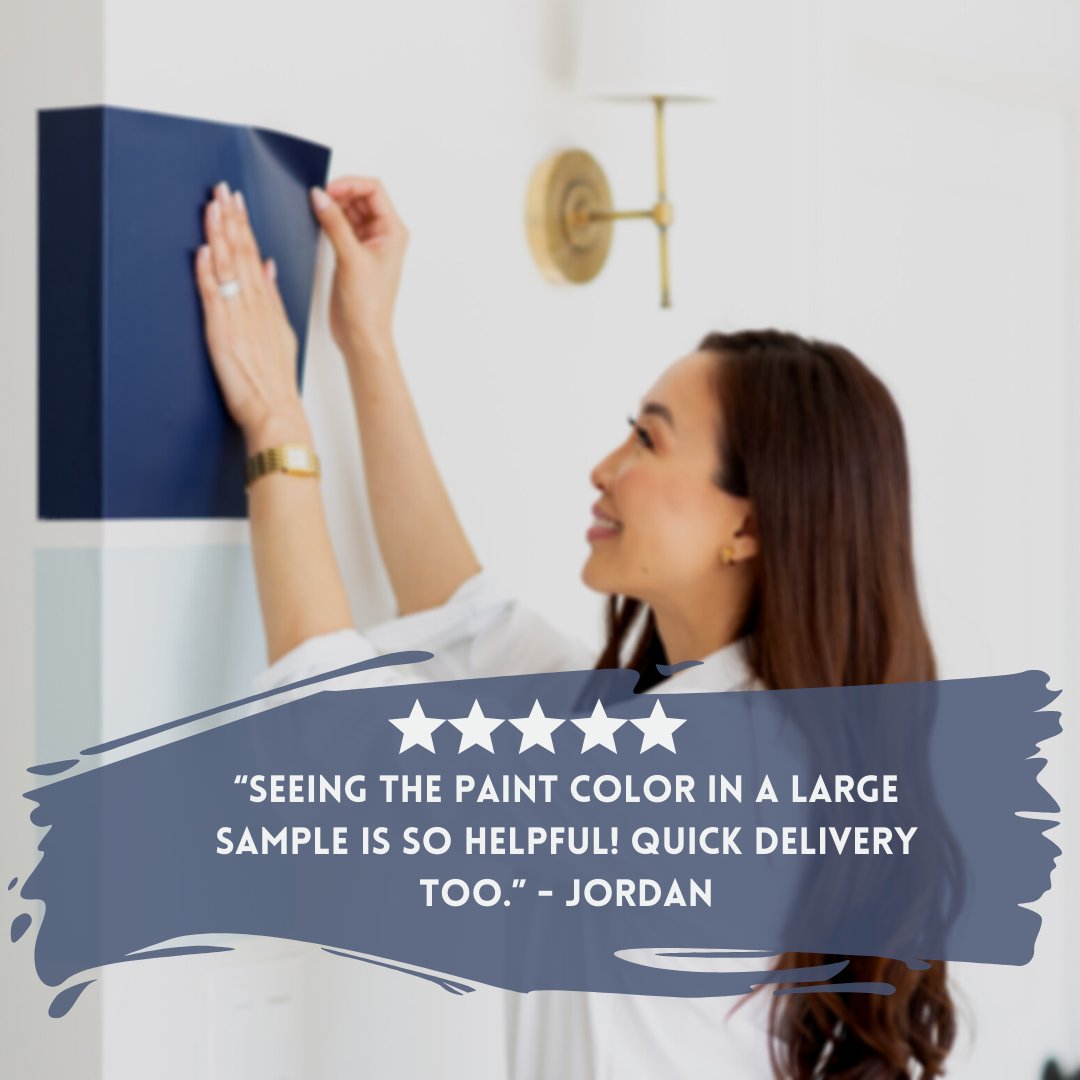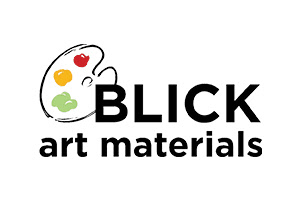I know. Everyone is painting their cabinets these days. What makes ours different? I dunno, maybe not much. But, they're ours, they're black, and they're Much much better than they were.
The lessons I learned along the way that I hadn't read elsewhere are differentiating I suppose, so this is worth a read if you're contemplating that Cabinet Transformations Kit from Rustoleum.*
It took a spot of time to get to this point, the painting point, if you recall. Here's where we started. My first kitchen change was the faucet. Maybe this was my first "paint the cabinets" inkling. Here's where I swore a lot. Turmoil percolated here. Dumb moulding torn off, more turmoil, Mike slipped up, and then suddenly out of nowhere bam!, paint was purchased and it was time to get a move on.
Whew....
Ok! So yeah, it was a project. Yeah, lots of work. Yeah, effort-laden indeed. But in the end, *ding ding* two thumbs up worth it.
To start, I watched the lil' DVD they enclose. Those types of videos always crack me up for their cheese factor.
So all righty, the first step is to remove the doors (and drawers if you're lucky enough to have drawers unlike us) and all the hardware. Easy peasy piece a' cake.
Next...clean. Ok, not hard.
To clean the doors and bases I used a TSP substitute, stuff I picked up to see if it would remove the water spots from our bath vanity concrete countertop (nope).
The lessons I learned along the way that I hadn't read elsewhere are differentiating I suppose, so this is worth a read if you're contemplating that Cabinet Transformations Kit from Rustoleum.*
It took a spot of time to get to this point, the painting point, if you recall. Here's where we started. My first kitchen change was the faucet. Maybe this was my first "paint the cabinets" inkling. Here's where I swore a lot. Turmoil percolated here. Dumb moulding torn off, more turmoil, Mike slipped up, and then suddenly out of nowhere bam!, paint was purchased and it was time to get a move on.
Whew....
Ok! So yeah, it was a project. Yeah, lots of work. Yeah, effort-laden indeed. But in the end, *ding ding* two thumbs up worth it.
To start, I watched the lil' DVD they enclose. Those types of videos always crack me up for their cheese factor.
So all righty, the first step is to remove the doors (and drawers if you're lucky enough to have drawers unlike us) and all the hardware. Easy peasy piece a' cake.
Next...clean. Ok, not hard.
 |
| My cleaning set up. Thankfully we still had the door I removed from the hall bedroom, making a faboo work table. |
Turns out it was the correct cabinet cleaning choice as I discovered later while looking up something unrelated. I went with it as it says on the package it's a heavy duty cleaner plus it's not sudsy; a soap and water mix would be a hassle. I figured the TSP would be easier to manage, and damn, bingo, I was right!
This is the one I used. Here* are some over on Amazon.
So. Heh. If you dislike cleaning, like oodles and oodles of scrubbing and scrubbing and scrubbing, oh and more scrubbing, dump the next task into someone else's lap. If that's not feasible, find your scrubby Zen place because man, you're gonna be scrubbing 'til the cows come home.
The deglosser step, yeah, the most tiring aspect of the whole process. Figures it's the most important too. The deglosser is what allows you to paint over whatever crappy existing crap you've got without sanding or priming. So it's hugely critical. And they make you super paranoid about it in the video too.
You never really know when to stop scrubbing either. There's no indication, no color change, no time allotment suggested, no magic moment, no nothin'....After a few tries, eventually you can feel the subtle change happen in the surface, from smooth to rougher. But they got me loony over not scrubbing enough, I just kept maniacally scrubbing.
Scrub. Scrub scrub scrub. Scrub scrub. Scrub. Oy. I'm going to have scrubbing nightmares.
This is when I got an up close, detailed view on how cheap and crappy these cabinets are -- they're only two years in and the "finish" was wearing in multitudes of areas among other special highlights.
But ok. Scrub scrub, done. You're free to paint after all that settles up for an hour.
Compared to the deglosser step, painting is a mountain fresh breeze with glittery unicorns and butterflies dancing gleefully above your head.
That first brush stroke though, yeah, I hesitated. It was the last moment I had to change my mind. Screw that, you so loathe these cabinets, what's the hold up? Let's coat 'em up, hot shot!
The brush dropped and off I went!
After the first coat went on and dried I admit, I was concerned.
The paint isn't terribly high-hiding. Rather viscous and translucent in its pigment. It's slimy to the touch...ah, it's an alkyd I suspect. My second least favorite type of paint (acrylic latex wins the loser parade). Hm. Well, ok, let's see how it goes.
Thankfully the second coat was a total winner, magically taking care of all the streaks and coating evenly.
I will say hey, damn glad Mike blurted out black and not a light color. I imagine going from dark cabinets to light would be a bitch and half, taking coats beyond the recommended two and possibly result in tears or fits of rage.
Something I ran into but could not locate any tips about....The side panels of our cabinet boxes turned out to be particle board with a shockingly thin sheet of wood-look plastic paper. Like a barely there sticker. Fell right off under our microwave when I cleaned it.
Neat. I was less than thrilled. Damn flipper.
Look, I can understand the thought proce$$ there, getting the cheape$t po$$ible cabinet$ to maximize profit$ at $ale time but c'mon. Have some respect for yourself and others; don't buy The Cheapest damn cabinets. Nobody wins. Ok, maybe he did but he's soulle$$.
Anywhooo, painting on a sticker, um, yeah. Not ideal. So I dialed up the Rustoleum folk and the guy attempted to assuage my concerns. "Yeah, thin paper or thermofoil, not a problem." He said to use the deglosser but be less firm with the scrubby then continue as directed.
Huh, ok. I was still dubious.
Against recommendations, I picked up a paint pad like this one since the areas with the sad stickers were the largest planes. In an effort to avoid unevenness and streaks, I did not want to hand brush vast areas nor did I want to have lots of wet brush contact with the stickers. More peeling way bad.
Turns out the pad worked so well I imagine you could use any of them, like these* instead of a brush for flat areas. Load it lightly, smooth it gently, and once the whole area is coated, give it a final touch up in big swooping motions. Worked like a charm. Better and smoother than a brush.
But! But. I put said pad in a plastic bag to reuse for the next day's second coat and blam, fuzzies shooting out everywhere. So either get a total of three or try washing it. I can't guarantee what will happen if you wash and reuse it. I was bummed for sure as I then had to hand brush, too lazy (it was way too hot out <--- main reason) to zip to Menards for more.
All right, so two coats of color and done. Nice. Looking great!
Optional is a glaze they enclose. I went sans glaze as it seemed pointless on black, the glaze is brown, and my test piece resulted in very little payoff. Hardly seemed worth any effort and it saved me a day. A day I lost later though....
So the seal coat, I read: troublesome. Many folks had issues with it due to its short "open" time so I waffled about using it or something else. I opted to go with it as researching, pondering, and purchasing something else really kinda lacked appeal. Plus, with all its bad press, I was kinda curious.
I'll tell ya, I was concerned. It's true, the open time is indeed terribly short, far too short for non-painter people, like less than forty five seconds. They advise working quick, obviously, and not going back over areas lest it clouds or goobers up.
Worry shot through that I had ruined my lovely paint job when I saw bubbles, cloudiness, streaks, foamy corners, and small runs upon initial application, especially knowing I wasn't allowed to retouch it, but the sealer did even up and settle for the most part. Bigger bubbles? Not so much so keep an eye out and handle those buggers quick.
I followed the directions when it came to the doors -- put the protective coat on the back, the inside first. Ugh did I get hosed for that.
Drips! Omg. I was nearly in tears. Drips on ten of fourteen doors!! So much for following directions! Man. Ugh!! I didn't think it was dripping. So I started pacing.
The paint came out so velvety and lovely and uniform and pretty on the doors and I blew the beautiful finish with drips. Crushing, I swear. I was kicking myself. Be a diligent drip watcher!
Again, no online advice to be found. I know, right? I was shocked. I cannot possibly be the only person who had major drippage.
I opted to peel and scrape the half wet drips off with my nails thinking that by eliminating them, it'd be less damaging, easier to sand and touch up than sanding the bulbous blobs themselves.
And it was. Whew. A light sand with 220 grit...
...two feathered out coats of bond color touch-up, then sealer and seriously, you'd never know. Whhheeewww. That's where I lost a day, fixing all the drips. But, cha-ching, crisis averted.
In the end, yeah, the sealer is in fact tricky, even for an experienced painter type such as myself. I'm not sure why Rustoleum hasn't tweaked the formula to be at least a wee more user friendly. Don't be afraid, just be fastidious.
In the end too, the cabinets are not meticulously perfect. There are a coupla' bumps, a couple spots where sawdust or whatever fell into the paint or sealer, dog fur, missed big and little bubbles, a drip or two. So. It is what it is. It's paint, true vigilance unattainable, and ultimately?, it inherently can't be Perfect. I'll try very hard not to stare only at the grumpy spots and beat myself up over them. Try is the key word there.
So!! Here's the before....
And after!!!

Honestly? It looks fabulous. I'm strikingly thrilled with how it turned out, if you wanna get right down to it. Like stop, stand, stare several times thrilled.
Here are some random notes and tips and thoughts and suggestions for you:
If you have a pet that sheds or you wear clothes, you will get fur or fuzzies stuck in the paint. Just pay attention and smear them off as quick as you can. I used my bare fingers, wiped them off onto my paint shirt because that's how I roll but, heh, I'm sure there's a tidier way. I missed a few and have to resign myself. It's fine, totally not the end of the world.
I did not do the screw drywall screws into 2x's and precariously balance the doors on the pointy tips of the screws (see the video top left, the 8:20 mark). That was a most confounding suggestion -- those screw tips can too easily scratch or dent, well, everything. I used whatever wood scraps I had around and covered them with clean rags. Or the vinyl bumpers I removed from the doors.
To aid in the scrubby deglosser step, I used a scrub brush along with the enclosed pads. It was much easier to get into constricted corners, tight edges, and thin routings that way. Worked out great. Plus it saved the environment from a ridonkulous pile o' trashed scrubby pads.
Load your paint brush lightly, meaning not a goopy ton of paint. Less is more here, folks. Plop your loaded brush in the middle and work outwards otherwise you get puddles of paint glopped into corners. After an overall coating of an area, brush in long sweeping finishing strokes to even everything up.
I found using a smaller brush (a 1.5" angled synthetic*) worked better for me than what was suggested. The 2.5"-er I bought was much too much brush, except on larger areas, but assess your situation and go with whatever you're most comfortable with.
This is the one I used. Here* are some over on Amazon.
So. Heh. If you dislike cleaning, like oodles and oodles of scrubbing and scrubbing and scrubbing, oh and more scrubbing, dump the next task into someone else's lap. If that's not feasible, find your scrubby Zen place because man, you're gonna be scrubbing 'til the cows come home.
 |
| Scrub. Scrubby scrubby. Oh and scrub s'more. |
You never really know when to stop scrubbing either. There's no indication, no color change, no time allotment suggested, no magic moment, no nothin'....After a few tries, eventually you can feel the subtle change happen in the surface, from smooth to rougher. But they got me loony over not scrubbing enough, I just kept maniacally scrubbing.
Scrub. Scrub scrub scrub. Scrub scrub. Scrub. Oy. I'm going to have scrubbing nightmares.
This is when I got an up close, detailed view on how cheap and crappy these cabinets are -- they're only two years in and the "finish" was wearing in multitudes of areas among other special highlights.
But ok. Scrub scrub, done. You're free to paint after all that settles up for an hour.
Compared to the deglosser step, painting is a mountain fresh breeze with glittery unicorns and butterflies dancing gleefully above your head.
That first brush stroke though, yeah, I hesitated. It was the last moment I had to change my mind. Screw that, you so loathe these cabinets, what's the hold up? Let's coat 'em up, hot shot!
The brush dropped and off I went!
After the first coat went on and dried I admit, I was concerned.
 |
| First coat, still wet. Yikes that looked not good. |
Thankfully the second coat was a total winner, magically taking care of all the streaks and coating evenly.
I will say hey, damn glad Mike blurted out black and not a light color. I imagine going from dark cabinets to light would be a bitch and half, taking coats beyond the recommended two and possibly result in tears or fits of rage.
Something I ran into but could not locate any tips about....The side panels of our cabinet boxes turned out to be particle board with a shockingly thin sheet of wood-look plastic paper. Like a barely there sticker. Fell right off under our microwave when I cleaned it.
 |
| Bubble 'n peel. Sad face. |
Look, I can understand the thought proce$$ there, getting the cheape$t po$$ible cabinet$ to maximize profit$ at $ale time but c'mon. Have some respect for yourself and others; don't buy The Cheapest damn cabinets. Nobody wins. Ok, maybe he did but he's soulle$$.
Anywhooo, painting on a sticker, um, yeah. Not ideal. So I dialed up the Rustoleum folk and the guy attempted to assuage my concerns. "Yeah, thin paper or thermofoil, not a problem." He said to use the deglosser but be less firm with the scrubby then continue as directed.
Huh, ok. I was still dubious.
Against recommendations, I picked up a paint pad like this one since the areas with the sad stickers were the largest planes. In an effort to avoid unevenness and streaks, I did not want to hand brush vast areas nor did I want to have lots of wet brush contact with the stickers. More peeling way bad.
Turns out the pad worked so well I imagine you could use any of them, like these* instead of a brush for flat areas. Load it lightly, smooth it gently, and once the whole area is coated, give it a final touch up in big swooping motions. Worked like a charm. Better and smoother than a brush.
But! But. I put said pad in a plastic bag to reuse for the next day's second coat and blam, fuzzies shooting out everywhere. So either get a total of three or try washing it. I can't guarantee what will happen if you wash and reuse it. I was bummed for sure as I then had to hand brush, too lazy (it was way too hot out <--- main reason) to zip to Menards for more.
 |
| Top: yuck, ew. Bottom: yessssss |
 |
| Makin' progress! |
So the seal coat, I read: troublesome. Many folks had issues with it due to its short "open" time so I waffled about using it or something else. I opted to go with it as researching, pondering, and purchasing something else really kinda lacked appeal. Plus, with all its bad press, I was kinda curious.
I'll tell ya, I was concerned. It's true, the open time is indeed terribly short, far too short for non-painter people, like less than forty five seconds. They advise working quick, obviously, and not going back over areas lest it clouds or goobers up.
Worry shot through that I had ruined my lovely paint job when I saw bubbles, cloudiness, streaks, foamy corners, and small runs upon initial application, especially knowing I wasn't allowed to retouch it, but the sealer did even up and settle for the most part. Bigger bubbles? Not so much so keep an eye out and handle those buggers quick.
 |
| Protective sealer coat dribbles. Oy dear me, insert nail biting. |
 |
| Yes, I tried to work them out with a re-wetting of sealer. As you can see, nope, did not work. |
 |
| Lookie at that purdy painted surface, marred by my drip catching ineptitude! |
Again, no online advice to be found. I know, right? I was shocked. I cannot possibly be the only person who had major drippage.
I opted to peel and scrape the half wet drips off with my nails thinking that by eliminating them, it'd be less damaging, easier to sand and touch up than sanding the bulbous blobs themselves.
 |
| It always gets worse before it gets better, right? That's what I kept repeating to myself. |
 |
| Post sanding. |
In the end, yeah, the sealer is in fact tricky, even for an experienced painter type such as myself. I'm not sure why Rustoleum hasn't tweaked the formula to be at least a wee more user friendly. Don't be afraid, just be fastidious.
In the end too, the cabinets are not meticulously perfect. There are a coupla' bumps, a couple spots where sawdust or whatever fell into the paint or sealer, dog fur, missed big and little bubbles, a drip or two. So. It is what it is. It's paint, true vigilance unattainable, and ultimately?, it inherently can't be Perfect. I'll try very hard not to stare only at the grumpy spots and beat myself up over them. Try is the key word there.
So!! Here's the before....
 |
| Yeeeooooowwch. |

Honestly? It looks fabulous. I'm strikingly thrilled with how it turned out, if you wanna get right down to it. Like stop, stand, stare several times thrilled.
 |
| Wow. What a difference, huh? Even if you're not a black paint fan, you gotta admit.... |
If you have a pet that sheds or you wear clothes, you will get fur or fuzzies stuck in the paint. Just pay attention and smear them off as quick as you can. I used my bare fingers, wiped them off onto my paint shirt because that's how I roll but, heh, I'm sure there's a tidier way. I missed a few and have to resign myself. It's fine, totally not the end of the world.
I did not do the screw drywall screws into 2x's and precariously balance the doors on the pointy tips of the screws (see the video top left, the 8:20 mark). That was a most confounding suggestion -- those screw tips can too easily scratch or dent, well, everything. I used whatever wood scraps I had around and covered them with clean rags. Or the vinyl bumpers I removed from the doors.
 |
| Wood blocks and rags, way safer from scratches than screw tips. |
 |
| Works. Promise. Follow up with a scrub pad for a few moments, just in case. Ya know, scrub. Scruuubb!! |
I found using a smaller brush (a 1.5" angled synthetic*) worked better for me than what was suggested. The 2.5"-er I bought was much too much brush, except on larger areas, but assess your situation and go with whatever you're most comfortable with.
When tackling the cabinet boxes, paint the inside edges first then the faces. Trust me. Less chances for dribbles.
Keep a rag or wad of paper towels in hand, under arm, in pocket, or nearby all the while. No one is perfect, yo.
And by the way, despite what others may say, the deglosser and bond coat paint are minorly smelly. Not strongly overpowering or anything, but they do have a scent. Just an FYI. It's no big deal but I'm unsure as to why folks say they are scent-free.
If you miss a spot with the protective sealer, they advise a lil' localized touch-up. Doesn't work -- you can see the touch-up contrasting with the original seal coat unless it's super itty bitty, in a generally unlit area. My advice? Lightly re-seal the whole stretch or area for an even finish. I know, a pain, more dry time, but it's better than a contrasting blob.
Try your best not to get sealer on any other spot than where you're working. If you do, wipe it off right that second.
Lastly if you're brush-stroke-averse, this kit is probably not for you. While it's possible to get a rather sleek finished surface, brush strokes will still be evident especially after the sealer, no matter how hard one tries. Again, it's paint.
So?? You're wondering the household verdict, are ya? How Mike likes the black?
It's still the same poorly designed dysfunctional kitchen with zero drawers that only one person can be working in at a time but at least it looks better. It fades away, haha, thereby making it look better! Hahahahaha. Heh, I'm so terrible, right?!
But seriously, it does look sharp and more modern. Or, as modern as it can for too traditional-ish overly-moulded doors.
And by the way, despite what others may say, the deglosser and bond coat paint are minorly smelly. Not strongly overpowering or anything, but they do have a scent. Just an FYI. It's no big deal but I'm unsure as to why folks say they are scent-free.
If you miss a spot with the protective sealer, they advise a lil' localized touch-up. Doesn't work -- you can see the touch-up contrasting with the original seal coat unless it's super itty bitty, in a generally unlit area. My advice? Lightly re-seal the whole stretch or area for an even finish. I know, a pain, more dry time, but it's better than a contrasting blob.
Try your best not to get sealer on any other spot than where you're working. If you do, wipe it off right that second.
Lastly if you're brush-stroke-averse, this kit is probably not for you. While it's possible to get a rather sleek finished surface, brush strokes will still be evident especially after the sealer, no matter how hard one tries. Again, it's paint.
So?? You're wondering the household verdict, are ya? How Mike likes the black?
It's still the same poorly designed dysfunctional kitchen with zero drawers that only one person can be working in at a time but at least it looks better. It fades away, haha, thereby making it look better! Hahahahaha. Heh, I'm so terrible, right?!
But seriously, it does look sharp and more modern. Or, as modern as it can for too traditional-ish overly-moulded doors.
Just so's ya know though, this is just the kitchen beginning. There's more on the docket. Yes really. That whole opposite wall, waving my hands in circular motions, yeah, somethin' and somethin' yet.
In the mean time, my favorite part about the cabinets? That Mike likes them. Heh, his first response: a stare of disbelief, mouth slightly ajar, then a nodding, "OooOOooHHh." Big pause....."I like black," he said, he actually said in real words out loud for me to hear. (Aha!!! Yay!!! Yesssssss!!) "The counters, they make more sense."
"At least it's tolerable now." Heh, yup.
 |
| You're up, useless opposite wall area with not-as-unhelpful-as-I-hoped cart. |
"At least it's tolerable now." Heh, yup.
Next big project? I was hoping maybe to get into the first floor bathroom again but Mike has had it with the stair and the nasty cheap a** carpet. Especially now that the walls are painted and the puppy paintings are up. He gave me some thought-provoking ideas to start with sooooo.....
See ya back here real soon!
*The Cabinet Transformations kit, TSP substitute, paint pad, and angled sash brushes are Amazon affiliate links. Mwah, thanks! Please see the "boring stuff" tab above for more info.
See ya back here real soon!
*The Cabinet Transformations kit, TSP substitute, paint pad, and angled sash brushes are Amazon affiliate links. Mwah, thanks! Please see the "boring stuff" tab above for more info.

















































Looks absolutely gorgeous! I wouldn't have imagined that black would look so good, but I like it! I was glad to read this too because I'm planning to paint my kitchen cupboards too.
ReplyDeleteTania
Thank you so much Tania! Prep is key, but I'm sure you knew that. And I'm sure they'll come out fabulous! Good luck! Thanks!
DeleteKudos to you. I painted my kitchen cabinets once.... It was like war.
ReplyDeleteI have never ever seen a kitchen sink in such an odd place. Special hell just for inconsiderate flippers.....
It can be quite a struggle and it's certainly quite a lot of work to paint kitchen cabinets, but it can also be worth it. Yeah...everything is in an odd place in that room! I hope this flipper ends up in the place you're describing!
DeleteI really like black kitchen cabinets. You decorated kitchen in the best way, indeed.
ReplyDeleteOoh, thanks so much!
DeleteI LOVE your black kitchen cabinet! It is so modern and stunning! I pinned it for inspiration!
ReplyDeleteThanks so much! And thanks too for the share!
Deletebeautiful kitchen cabinet You did an amazing job! Totally inspiring!
ReplyDeleteAw shucks, thank you very much!
DeleteJust discovered your site and I love it! and I absolutely LOVE what you did with your kitchen cabinet! you are amazing.
ReplyDeleteI'm blushing, thank you so much!
DeleteThat looks so nice, I know it was a pain to do, but I'm sure you're much happier with that color. Great JOB!
ReplyDeleteAw thank you so much! Once you resolve yourself to the process, it’s not too bad. Indeed, I love the black! Thank you!
DeleteWOW, do I Reeeeaaallly wanna go thru all that? Kitchen cabinet painting nightmares! But then again, yours look 100% better. I saw all that & thought, she ACED it!
ReplyDeleteI hear you, it's a lot of work. It's a lot of work whichever route you choose though, quite honestly. At least with this kit, there's no sanding involved which saves a ton of time and mess. But thank you, I'm thrilled at your Aced It award! Thanks!
Delete